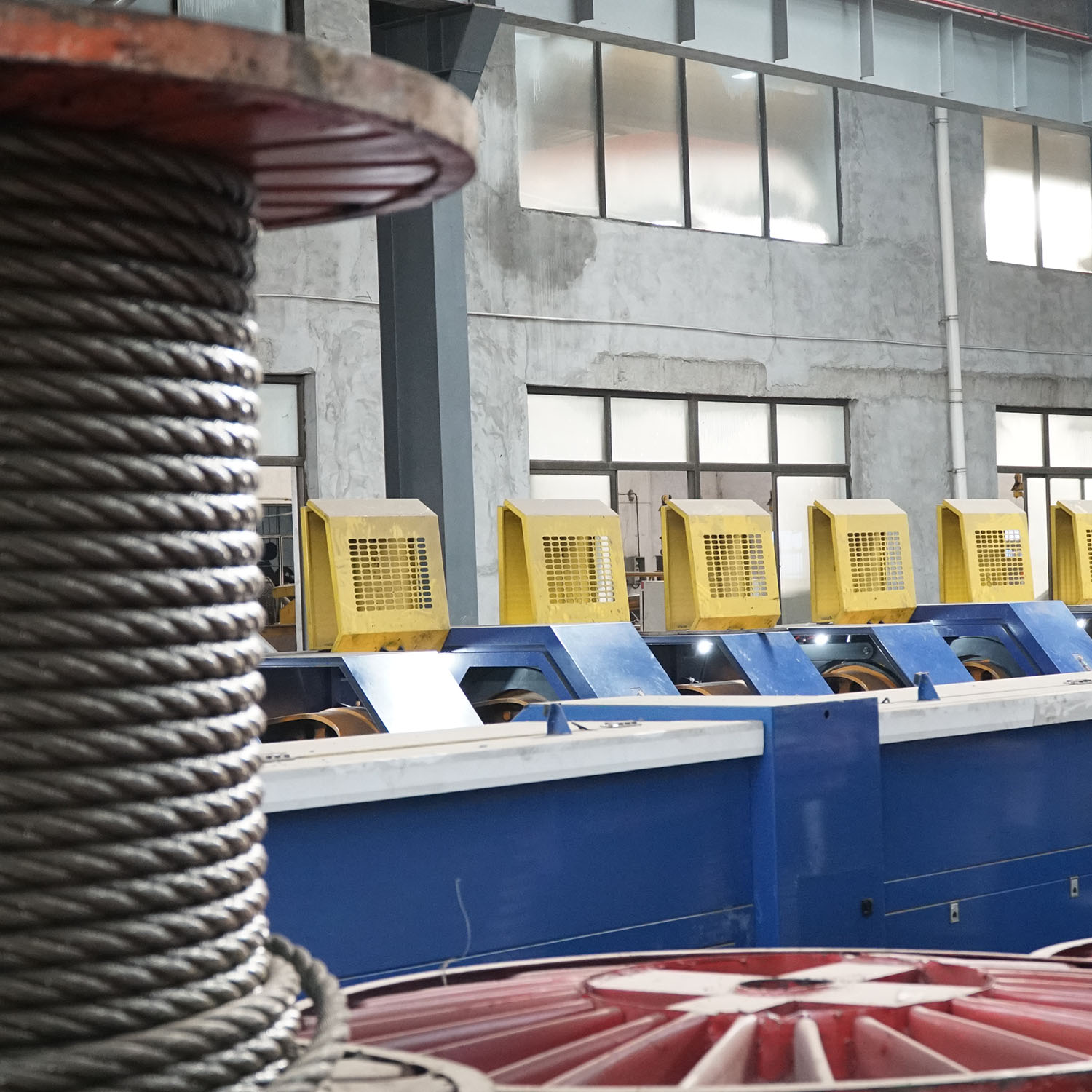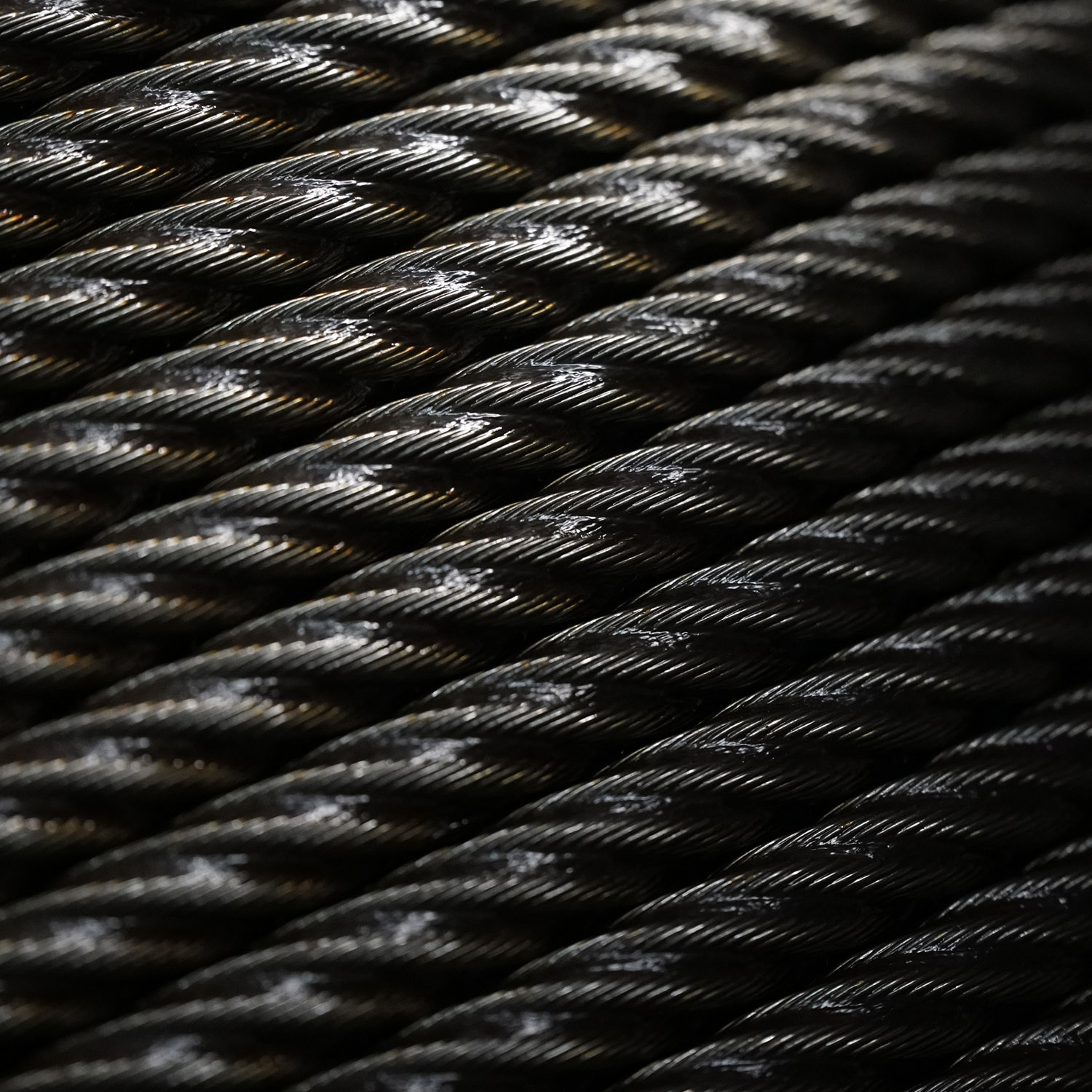Table of Contents
Factors to Consider When Choosing Wire Rope for Different Applications
Wire rope is a versatile and essential component in various industries, including construction, mining, marine, and transportation. It is used for lifting, pulling, and securing heavy loads, making it crucial to select the right type of wire rope for each specific application. There are several factors to consider when choosing wire rope, including the material, construction, diameter, and strength.
One of the most important factors to consider when selecting wire rope is the material. Wire rope is typically made from either Stainless Steel or galvanized steel. Stainless steel wire rope is corrosion-resistant and ideal for applications where exposure to moisture or Chemicals is a concern. Galvanized steel wire rope, on the other hand, is coated with a layer of Zinc to protect against corrosion and is more cost-effective than stainless steel wire rope.
Another factor to consider is the construction of the wire rope. Wire rope is available in various constructions, including 6×19, 7×19, and 6×37. The first number in the construction refers to the number of strands, while the second number refers to the number of wires in each strand. For example, a 6×19 wire rope has six strands with 19 wires in each strand. The construction of the wire rope will determine its flexibility, strength, and resistance to abrasion.
The diameter of the wire rope is also an important consideration. The diameter of the wire rope will depend on the load capacity and the application. Thicker wire ropes have a higher breaking strength and are suitable for heavy-duty applications, while thinner wire ropes are more flexible and easier to handle. It is essential to choose the right diameter of wire rope to ensure the Safety and efficiency of the operation.
Strength is another crucial factor to consider when selecting wire rope. The strength of the wire rope is determined by its breaking strength, which is the maximum load that the wire rope can withstand before breaking. It is essential to choose a wire rope with a breaking strength that exceeds the maximum load of the application to ensure safety and reliability.
When selecting wire rope for a specific application, it is essential to consider the environmental conditions, such as temperature, moisture, and exposure to chemicals. Some wire ropes are specially designed to withstand extreme temperatures or harsh environments, making them suitable for specific applications. It is crucial to choose a wire rope that can withstand the environmental conditions of the application to ensure its longevity and performance.
In conclusion, selecting the right wire rope for different applications requires careful consideration of various factors, including material, construction, diameter, and strength. By taking these factors into account, you can ensure the safety, efficiency, and reliability of your operations. Whether you are lifting heavy loads in a construction site or securing cargo on a ship, choosing the right wire rope is essential for the success of your project.
Importance of Proper Wire Rope Selection for Safety and Efficiency
Wire ropes are an essential component in various industries, including construction, mining, and transportation. They are used for lifting heavy loads, securing equipment, and providing support in various applications. However, the selection of the right wire rope is crucial to ensure safety and efficiency in operations.
One of the key factors to consider when selecting a wire rope is the material. Wire ropes are typically made from steel, which provides strength and durability. However, there are different grades of steel that can affect the performance of the wire rope. For example, high-Carbon Steel is more resistant to abrasion and fatigue, making it suitable for heavy-duty applications. On the other hand, stainless steel is corrosion-resistant, making it ideal for outdoor use or in harsh environments.
Another important consideration is the construction of the wire rope. Wire ropes are made up of individual strands that are twisted together to form a larger cable. The number of strands and the direction of the twist can affect the flexibility and strength of the wire rope. For example, a wire rope with a higher number of strands will be more flexible but may have a lower breaking strength. Similarly, a wire rope with a left-hand twist will have different properties than a wire rope with a right-hand twist.
The diameter of the wire rope is also a critical factor to consider. The diameter determines the load capacity of the wire rope and its resistance to wear and fatigue. A thicker wire rope will have a higher breaking strength but may be less flexible. On the other hand, a thinner wire rope will be more flexible but may not be suitable for heavy-duty applications.
In addition to material, construction, and diameter, it is essential to consider the application and operating conditions when selecting a wire rope. Different applications require different types of wire ropes with specific properties. For example, a wire rope used for lifting heavy loads will need to have a high breaking strength and resistance to abrasion. In contrast, a wire rope used for overhead cranes will need to have good flexibility and fatigue resistance.
Furthermore, operating conditions such as temperature, humidity, and exposure to chemicals can affect the performance of the wire rope. It is essential to choose a wire rope that is suitable for the specific operating conditions to ensure safety and efficiency.

In conclusion, the selection of the right wire rope is crucial for safety and efficiency in various industries. Factors such as material, construction, diameter, application, and operating conditions must be carefully considered to ensure that the wire rope meets the requirements of the job. By choosing the right wire rope, companies can improve productivity, reduce downtime, and ensure the safety of their workers.
Common Mistakes to Avoid When Selecting Wire Rope for a Project
Selecting the right wire rope for a project is crucial to ensure safety, efficiency, and longevity. However, there are common mistakes that people often make when choosing wire rope that can Lead to costly errors and potential hazards. In this article, we will discuss some of these mistakes and provide tips on how to avoid them.

One common mistake when selecting wire rope is not considering the specific requirements of the project. Each project has unique demands in terms of load capacity, environmental conditions, and other factors that must be taken into account when choosing wire rope. Failing to properly assess these requirements can result in using wire rope that is not suitable for the job, leading to potential safety issues and premature wear and tear.
Another mistake is not understanding the different types of wire rope available and their respective strengths and limitations. There are various types of wire rope, such as galvanized, stainless steel, and vinyl-coated, each with its own set of properties that make them suitable for different applications. It is important to research and understand the characteristics of each type of wire rope to ensure that the one chosen is appropriate for the project at hand.
Furthermore, overlooking the importance of proper maintenance and inspection of wire rope is a common mistake that can have serious consequences. Wire rope is subject to wear and tear over time, especially when used in demanding environments or under heavy loads. Regular inspection and maintenance are essential to ensure that the wire rope remains in good condition and is safe to use. Neglecting this aspect can lead to accidents and costly repairs or replacements.
Additionally, failing to consider the quality of the wire rope being purchased is a mistake that can compromise the safety and reliability of the project. Cheaper wire rope may seem like a cost-effective option initially, but it may not meet the necessary standards for strength and durability. Investing in high-quality wire rope from reputable manufacturers is essential to ensure that the project is completed safely and efficiently.
Another common mistake is not seeking professional advice when selecting wire rope for a project. Consulting with experts in the field can provide valuable insights and recommendations on the best type of wire rope to use based on the specific requirements of the project. Professionals can also offer guidance on proper installation, maintenance, and inspection practices to ensure the longevity and safety of the wire rope.
In conclusion, selecting wire rope for a project is a critical decision that should not be taken lightly. By avoiding common mistakes such as neglecting project requirements, not understanding the different types of wire rope available, overlooking maintenance and inspection, compromising on quality, and failing to seek professional advice, you can ensure that the wire rope chosen is suitable for the job and will perform reliably and safely. Taking the time to research, assess, and invest in the right wire rope will ultimately lead to a successful project outcome.

